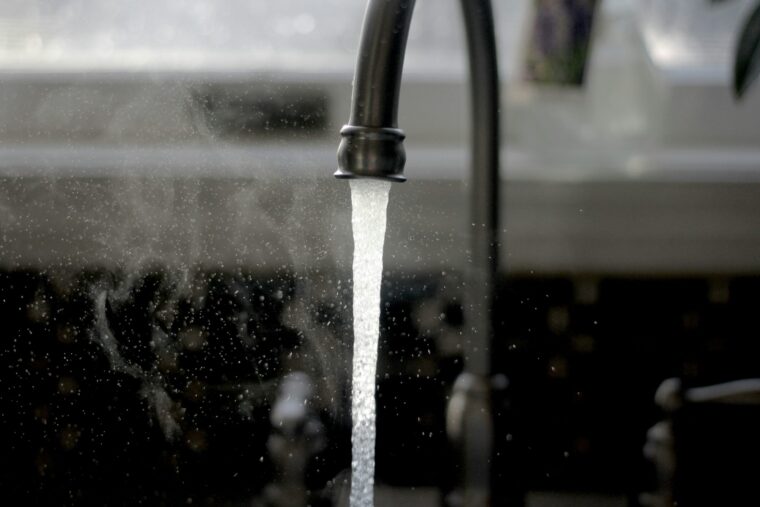
The Environmental Protection Agency is making nearly $1 billion available to help states and territories meet new federal standards for drinking water.
The announcement was made this week in tandem with the EPA’s first-ever national, legally enforceable drinking water standards to prevent communities from being exposed to per-and-polyfluoroalkyl substances (PFAS), which have been linked to deadly cancers, liver and heart problems, and immune and developmental damage to children.
The funding will help states and territories implement PFAS testing and treatment at public water systems and help owners of private wells address PFAS contamination.
All public water systems have three years to complete their initial monitoring for these chemicals, the EPA said. Additionally, they must inform the public of the level of PFAS measured in their drinking water.
If PFAS are found at levels that exceed these standards, systems must implement solutions to reduce PFAS in their drinking water within five years.
“Our PFAS Strategic Roadmap marshals the full breadth of EPA’s authority and resources to protect people from these harmful forever chemicals,” EPA Administrator Michael S. Regan said.
The funding is part of a $9 billion investment through the Bipartisan Infrastructure Law to help communities with drinking water impacted by PFAS and other emerging contaminants – the largest-ever investment in tackling PFAS pollution. An additional $12 billion is available through the Bipartisan Infrastructure Law for general drinking water improvements, including addressing emerging contaminants like PFAS.
The EPA’s final rule on contaminants will reduce PFAS exposure for approximately 100 million people, prevent thousands of deaths and reduce tens of thousands of serious illnesses, the EPA said.
Between 6% and 10% of the 66,000 public drinking water systems subject to this rule could have to take action to reduce PFAS to meet the new standards, according to an EPA estimate.
Technologies and approaches to remove PFAS include granular activated carbon, reverse osmosis and ion exchange systems.
EPA will work closely with state co-regulators in supporting water systems and local officials to implement this rule. Drinking water systems will have flexibility to determine the best solution for their community.
The Cape Fear Public Utility Authority serving Wilmington, North Carolina – one of the communities most heavily impacted by PFAS contamination – has effectively deployed a granular activated carbon system to remove PFAS regulated by this rule, the EPA said.
“We asked for this because we know science-based standards for PFAS and other compounds are desperately needed,” North Carolina Gov. Roy Cooper said.
The post $1 billion available to help states conform to drinking water standards appeared first on Government Market News.
